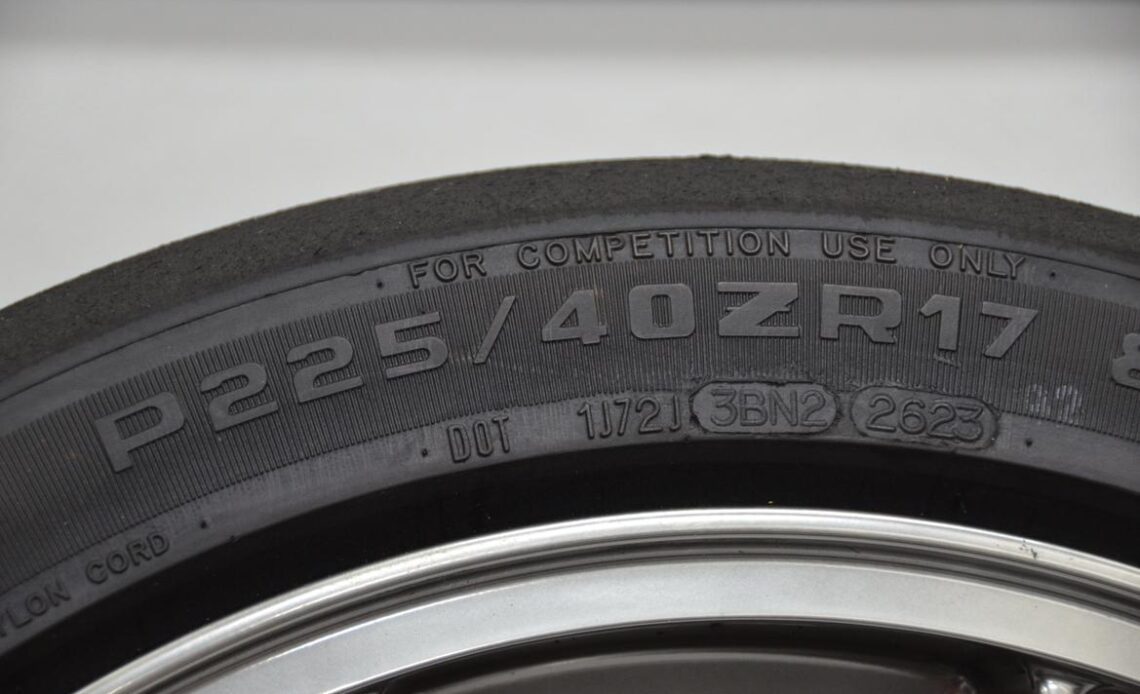What if we told you that a tiremaker could put whatever treadwear rating it wanted on the sidewall of a tire? And that the National Highway Transportation Safety Administration does no compliance checking on that rating?
How would you then feel about motorsports rule sets that require tires rated at 200tw or higher? It’s the dirty little secret of the tire …
First, Some Good News
Before UTQG ratings were even a thing, DOT approval was the minimum benchmark for a street tire. The desire to run motorsports competitions on tires that could be driven practically on the street to and from venues was key for successful amateur events. Most participants wanted no part of trailers, tow vehicles and unstreetable racing slicks.
So what defines DOT approval? First off, the approval part of the moniker is misleading as there is no official government approval process per se.
Section 139 of the Federal Motor Vehicle Safety Standards lays out the performance characteristics that a tire must meet to bear the DOT mark on its sidewall, but no actual testing data is submitted to NHTSA by the tiremaker. Instead, there’s a back-end compliance checking program where NHTSA sources tires at retail and tests them against key metrics.
If found to be noncompliant, lawyers get involved and penalties can be served. Given this, major tiremakers are keen to stay conservative in their internal testing and engineering processes to avoid potential embarrassment and financial consequences.
DOT-marked tires must survive undamaged at high speed, high load and high temperature while properly inflated, but also at low speed and low pressure while underinflated (20 psi). Endurance is confirmed via long runs on a machine, and a plunger is used to verify puncture resistance.
That said, the minimum DOT specifications are antiquated, and it’s not all that hard to meet them with modern methods. In fact, a DOT-marked Hoosier A7 or Yokohama A055 is quite similar to the racing slicks those two companies make. They also both state “Not for Highway Use” right on the sidewall, thus keeping the lawyers at bay.
Photography Credit: Andy Hollis
The European Union has a much more modern set of road tire requirements and compliance procedures, which result in an E mark on the sidewall plus a series of ratings. Engineering and test data must be submitted for approval, and…
Click Here to Read the Full Original Article at Grassroots Motorsports Online Articles…

